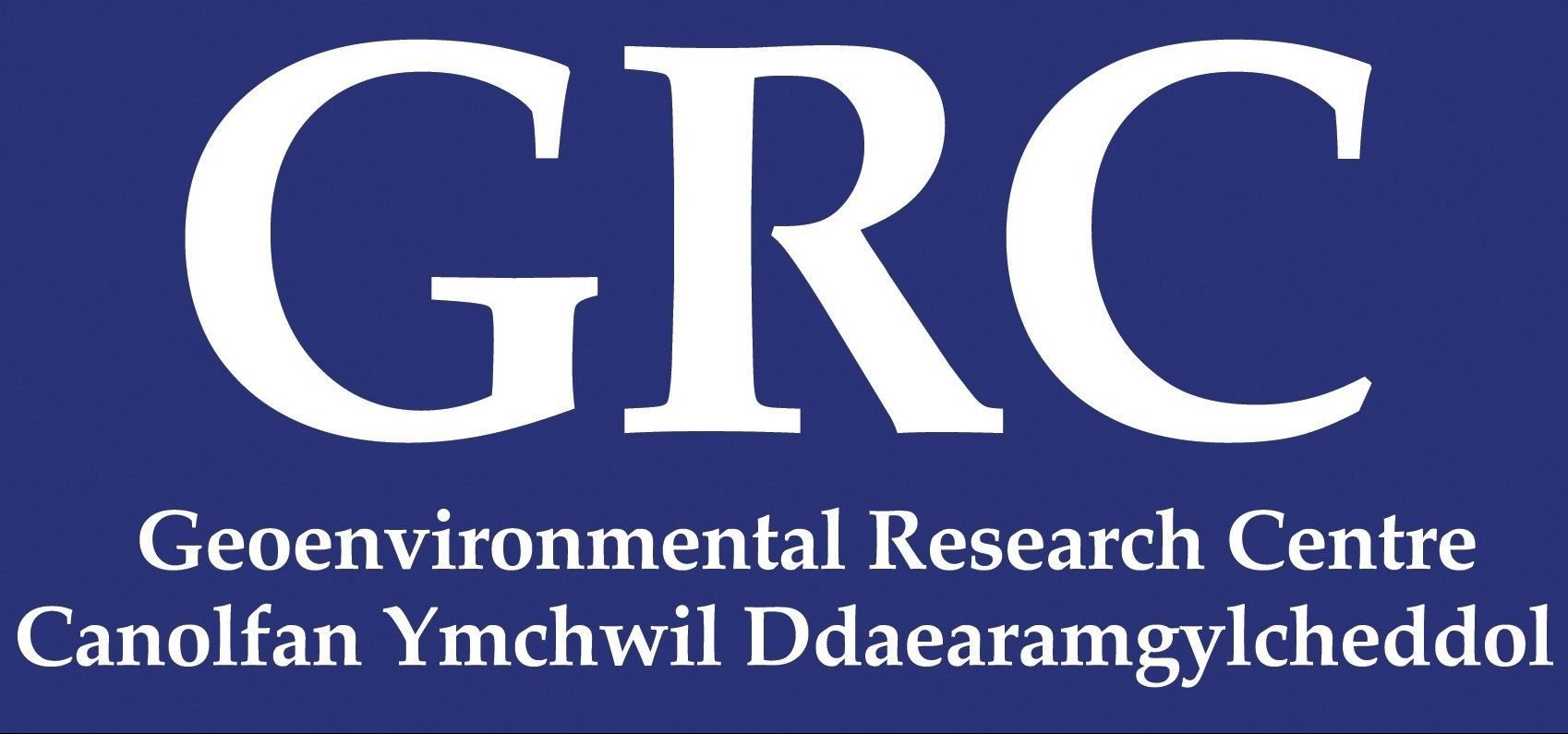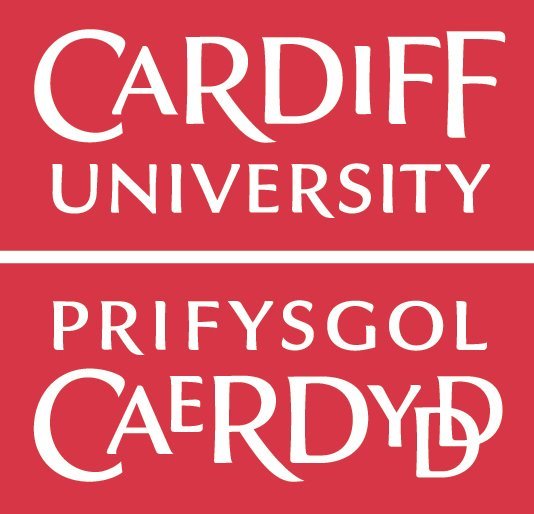Objective
The strategy of the work package has been to concentrate on developing key products and processes that would be of immediate benefit to an emerging industry
What is Carbon Sequestration in Coal and Soil?
Carbon sequestration is a suite of methods designed to store carbon dioxide in geological formations, thereby reducing carbon dioxide emissions into the atmosphere. This will allow the continued exploitation of fossil fuels and reduction of carbon dioxide emissions from energy generation sooner than via a transition to renewable energy. A mix of energy sources can be supported without hastening climate change. Carbon dioxide is expensive to move around in large quantities, so a range of solutions that can be applied to different scenarios is imperative.
Carbon Sequestration in Coal
Carbon dioxide sequestration in unmineable deep coal seams is a promising technology with the extra potential for coalbed methane recovery. The gas by-product can offset the capital and operating expenditure of carbon capture and sequestration. Carbon dioxide has a higher absorption to coal than methane. Therefore, methane can also be harvested and used to provide energy, with the resulting carbon dioxide re-absorbed into the coal bed.
The carbon storage team is tasked with identifying and analysing potential sites in Wales. The team will develop tools and data sets with the intention of transferring these to companies that will be involved in the design of carbon storage facilities. In close collaboration with the British Geological Survey (BGS), the team works to identify potential sites in Wales and to improve the understanding of complex geological conditions of coalfields in Wales. Extensive experimental and numerical modelling works are being carried out in order to enhance the knowledge related to carbon sequestration in coal.
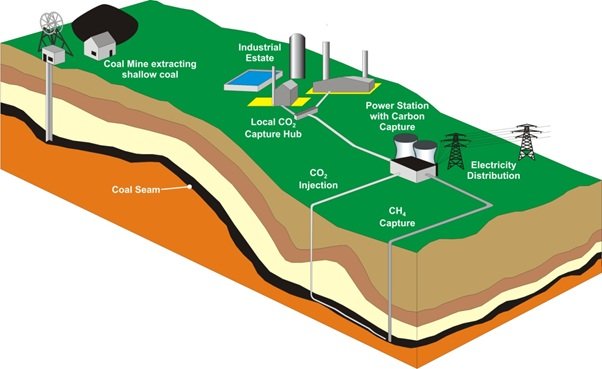

Carbon Sequestration in Soil
Through a strategic collaboration with the Universities of Aberystwyth and Bangor, the Seren team is focusing on the potential for the sequestration and retention of carbon in Welsh soils. Aberystwyth University are concentrating on the soil carbon impact of variables such as restoration strategies on degraded land, novel crop varieties and the growth of bioenergy crops.
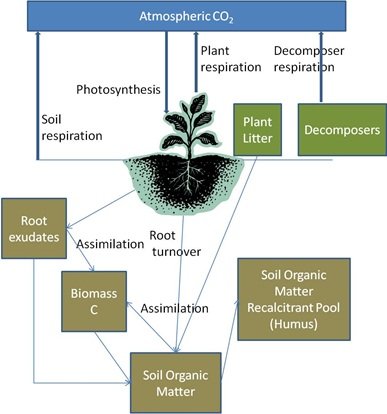
Soils are a sink in the global carbon cycle. They contain more than twice the amount of carbon than can be found in the atmosphere. This highlights the importance of maintaining and increasing the stocks of soil carbon as part of a wider greenhouse gas emission strategy. Carbon primarily enters the soil through the fixation of atmospheric CO2 by plant photosynthesis. The above-ground biomass (stems, shoots and leaves) is either broken down through microbial activity on the surface, or is incorporated into the soil via the activity of the soil macro fauna. Carbon in the soil is returned to the atmosphere as the carbon substrates are oxidised for energy by the soil fauna. Organic matter that is harder to break down forms long term soil carbon. The amount of carbon in a soil therefore depends on the productivity of the above ground biomass and also the efficiency of the soil micro-organisms in breaking down plant material.
Below you will find links to short, easy-to-digest Fact Sheets which will help explain the situation:
Specific Aims
The project intends to:
- increase knowledge by applied laboratory experimentation;
- increase understanding by carrying out advanced numerical simulations;
- remove uncertainty by carrying out a full depth pilot borehole;
- remove uncertainty by producing software to aid design, based on experimental evidence;
- increase understanding of applicability to Wales via investigation of existing knowledge and new experiments;
- increase confidence by inputting into the creation of industry standards; and to
- expand access by increasing high-tech skills capacities via activities and dissemination.
The strengths of the team lie within experimentation and numerical modelling, geological modelling and technical feasibility modelling.
Research Themes
The research development made or being made under this work package comprises:
- Identify and Investigate Potential Sites in Wales
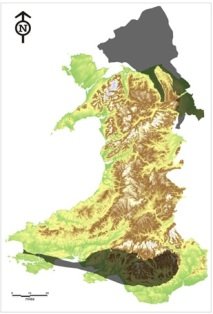 To further the development of CO2 sequestration in coalfields in Wales, and in particular for the South Wales coalfield, large amounts of historical and existing geological data are collected and synthesised, and interactive maps are being developed in collaboration with the BGS.
To further the development of CO2 sequestration in coalfields in Wales, and in particular for the South Wales coalfield, large amounts of historical and existing geological data are collected and synthesised, and interactive maps are being developed in collaboration with the BGS. - Laboratory Experimentation
An extensive laboratory development and experimental investigation is being carried out to characterise the CO2 storage potential and gas recovery of various Welsh coal seams. The experimental works include the adsorption/desorption potential of CO2, CH4 and other gases; permeability measuring; coal characterisation; and gas flooding tests. All of the experimental results will feed into the numerical simulation work item.The Seren Multipurpose Gas Laboratory, developed under this Work Package, is a world class experimental facility designed and constructed to support the commercial and research needs related to various engineering aspects of geo-energy applications. Industrial collaboration is a cornerstone of the project and will ensure that the commercial value of the research is maximised. A fundamental objective of the Laboratory is to gain a better understanding of how various rock types will react when gases are injected or abstracted. The Laboratory can provide information on gas storage and production rates and capacities, as well as any structural changes that may occur.
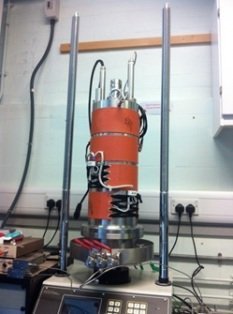
The apparatus is a bespoke, multi-purpose experimental facility. It has been designed to study gas transport and the reactive properties of rocks under a wide range of pressures and temperatures. The Laboratory is able to replicate the conditions of a deep geological environment more accurately than can be achieved in standard adsorption/desorption and permeability tests.The apparatus consists of two main analysing units:
– an adsorption/desorption measurement unit;
– a gas transport and permeability measurement unit. - Development of Numerical Tools
The processes occurring in CO2 sequestration are complex and coupled. Appropriate design will allow the success of these projects and, for this, suitable numerical tools are required. A numerical model has been formed within a coupled Thermal-Hydraulic-Chemical-Mechanical (THCM) formulation. The new model has been developed based on the well-established coupled numerical model of the GRC, known as COMPASS.(/facilities/compass/).Theoretical features related to high pressure multiple gas injections and gas/coal interactions have been included in the model. Particular focus has been placed upon the accurate description of gas properties under the conditions of carbon sequestration and varying coal properties. In conjunction with the experimental programme, this numerical code is currently being used to investigate the processes involved in carbon sequestration in coal seams in Wales.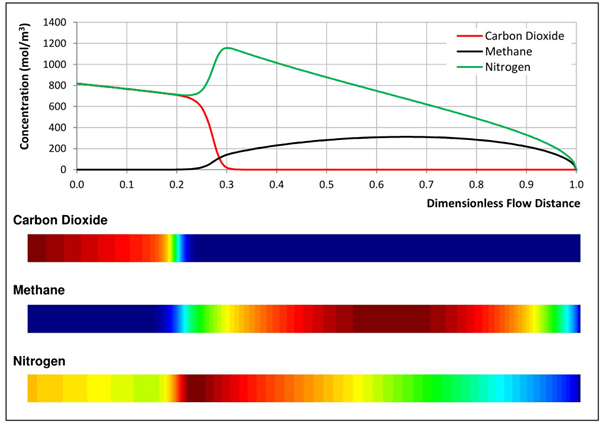 A specific software design package will be created, aiming to include coal seam characterisation and CO2 flow and storage. The aim is to produce a design tool suitable for outline design and initial storage location evaluation.
A specific software design package will be created, aiming to include coal seam characterisation and CO2 flow and storage. The aim is to produce a design tool suitable for outline design and initial storage location evaluation.
